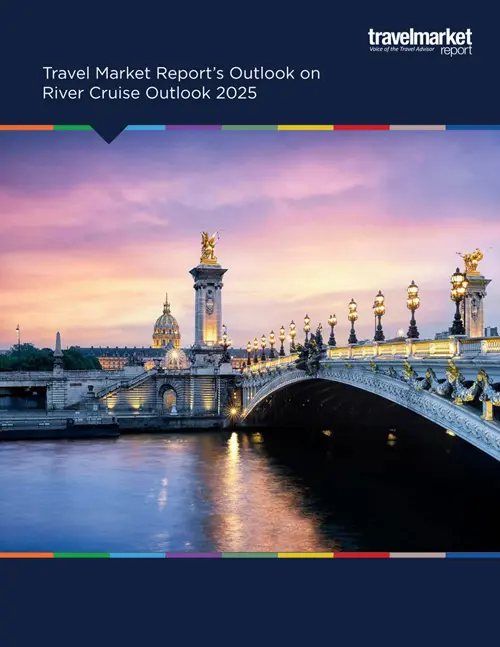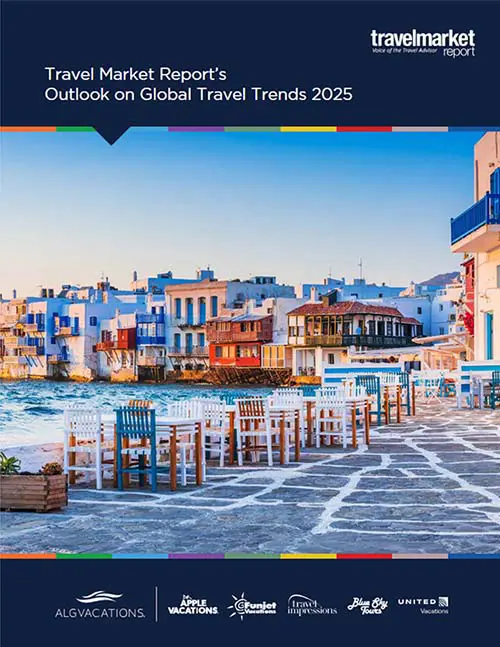NCFs Remain Obstacle to Agency Profitability
by Andrew SheivachmanNon-commissionable fees continued to grab an ever-larger share of cruise fares in 2012, but the rate of growth slowed considerably. If cruise pricing improves in 2013, NCFs could conceivably drop as a percentage of the fare for the first time in several years.
That’s the analysis of Brad Tolkin, co-president and CEO of World Travel Holdings, based on his company’s internal data.
In 2012, NCFs represented 29% of the total cruise selling price for World Travel Holdings’ cruise-selling brands, Tolkin told Travel Market Report. That was up just marginally from the previous three years.
Tolkin based his figures on data culled from World Travel Holdings’ sales reports for the big six cruise lines – Carnival, Royal Caribbean, Norwegian, Celebrity, Princess and Regent Seven Seas. The numbers do not reflect sales of river or luxury cruises.
Pricing is key
 |
While several factors affect the severity of the NCF bite into agents’ commissions, cruise prices are the most influential.
“When we have higher fares, NCFs drop as a percentage of the cruise-selling price,” Tolkin explained. “It really is a reflection of where the average selling point is.”
Looking ahead, higher fares could help push NCFs down to a smaller fraction of the final price, making agents more profitable. “We’re optimistic that the percentage could drop in 2013 if we get an increase in pricing,” Tolkin said.
A tough year
While last year’s continued upward climb in NCFs was bad news for cruise-selling agents, the increase was not nearly as devastating as the blow agents suffered in 2009.
That year, World Cruise Holdings saw NCFs as a share of the total cruise fare jumped by more than two and a half percentage points – from 26.2% in 2008 to 28.8% in 2009.
Rampant discounting in 2009’s recessionary economy was the main reason for the big increase in NCFs.
“It really had to do with the average price of big six fares dropping,” said Tolkin. “It had less to do with increasing NCFs and more to do with average price.”
Taxes, fees and more
Tolkin said he had seen several shifts in the last five years that have affected profits for cruise-selling agents. One that had the biggest impact was cruise lines lumping taxes together with other fees into NCFs.
“Taxes used to be aligned with what the cruise lines paid for disembarkation, then evolved into NCFs after they structured more than just taxes into it,” said Tolkin.
“There’s a reason they evolved from taxes to NCFs. . . . This is all about compensation to the distribution system.”
Another factor that has affected NCFs is a shift in itineraries toward ports with higher tax rates, Tolkin said.
“The components of NCFs really differ by cruise line,” said Tolkin. “A lot does depend on their ports, since it is foundationally structured around port taxes. Lines that deal with high taxation ports, like Bermuda and New York, will likely have NCFs as a much higher percentage.”
What’s ahead for NCFs?
Even in a worst case scenario, NCFs are unlikely to rise above 30%, Tolkin predicted, saying that cruise lines are hesitant to rankle experienced cruise-selling agents.
“It strikes me that cruise lines want to keep NCFs [in the 30% area],” said Tolkin.
























